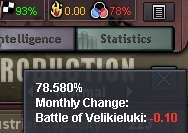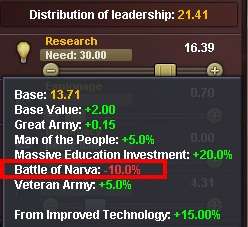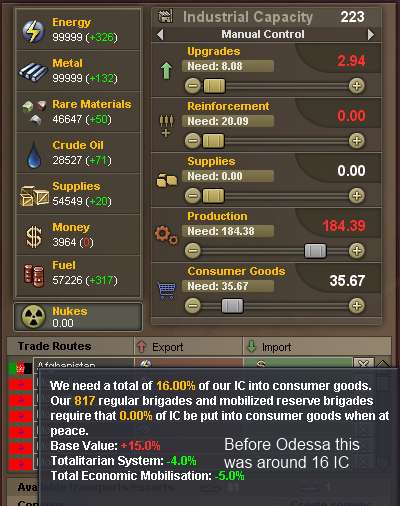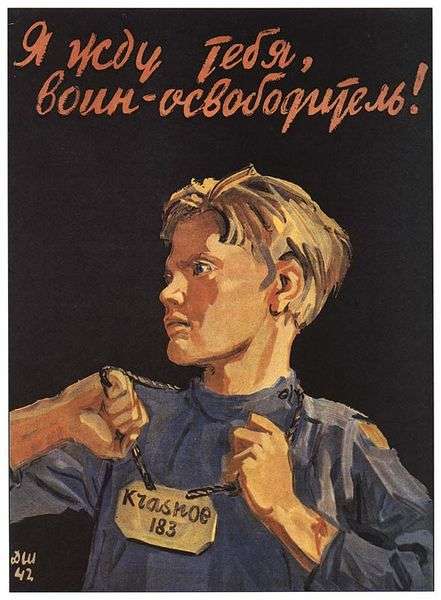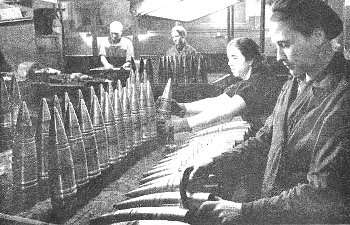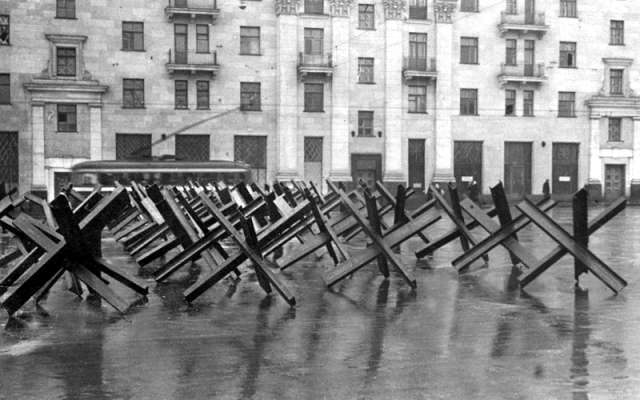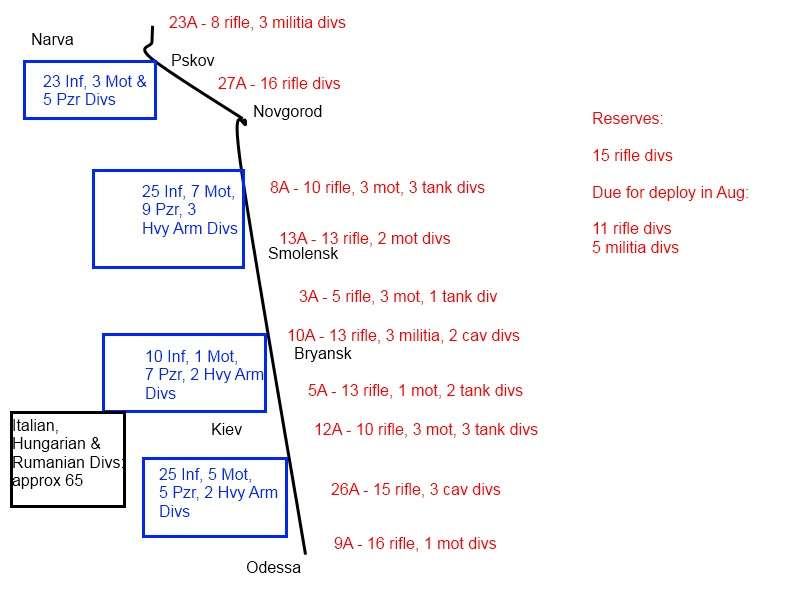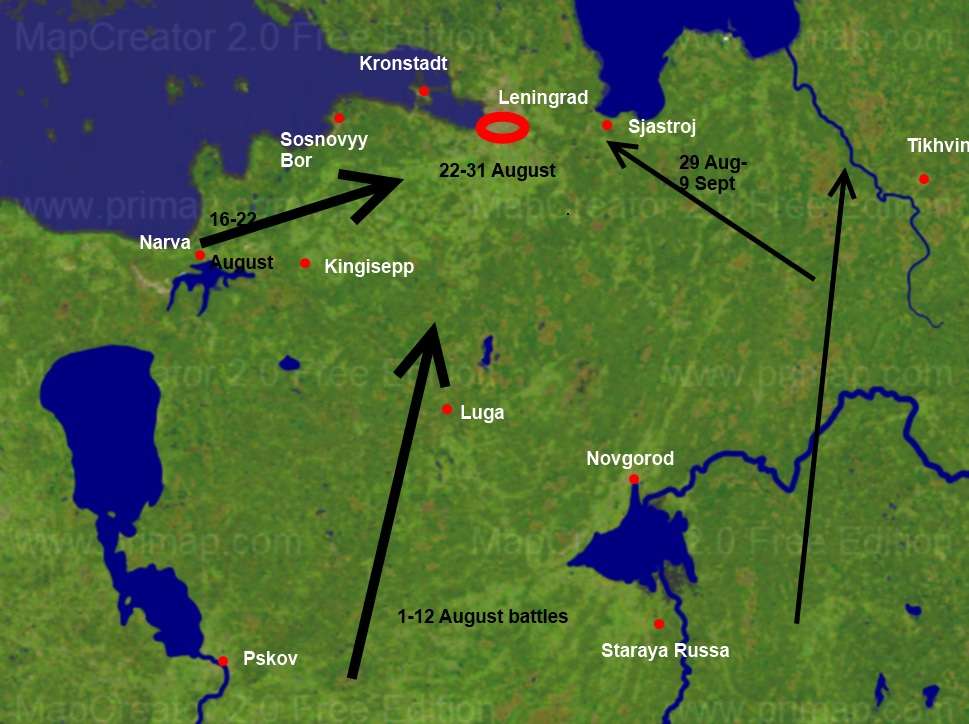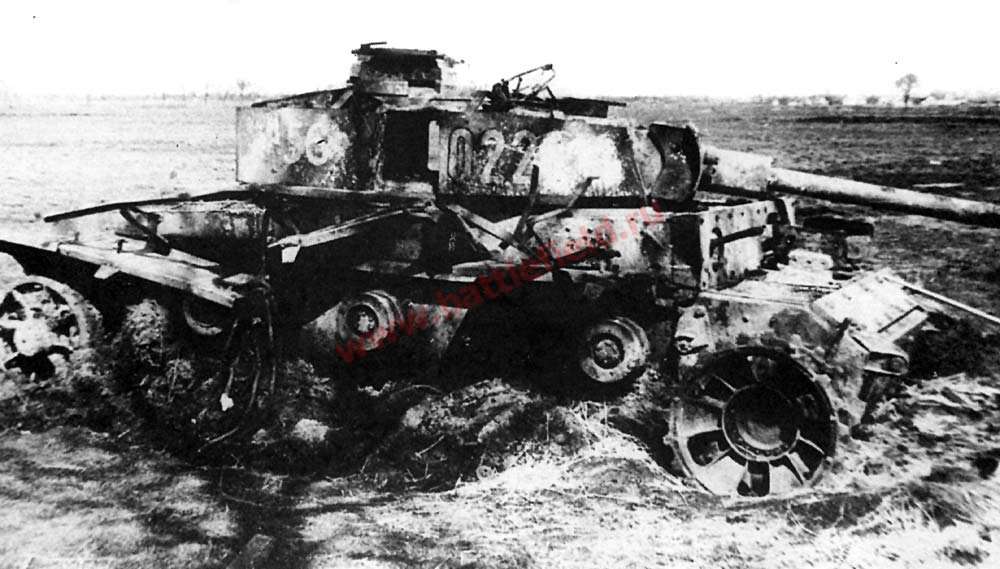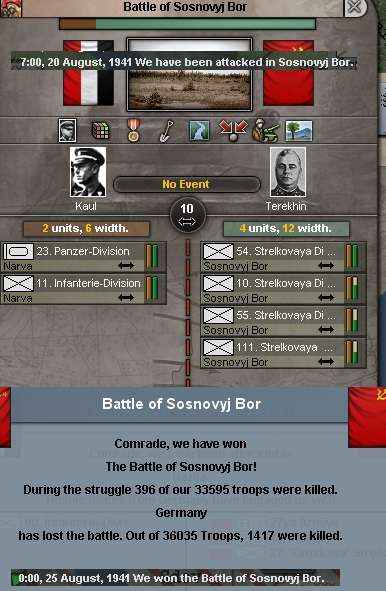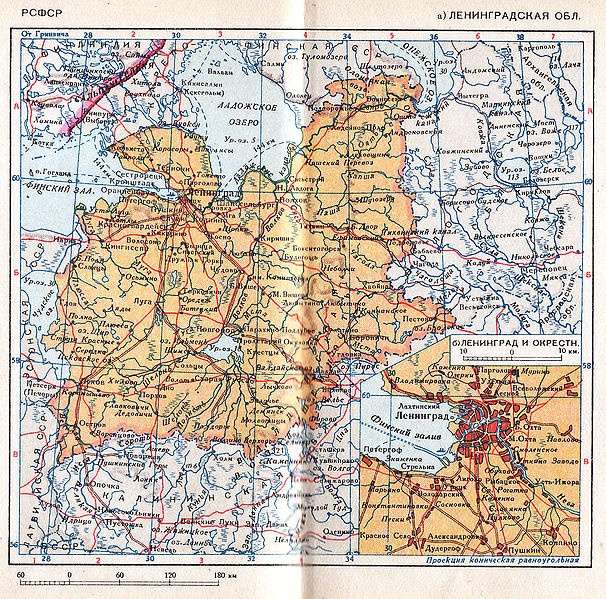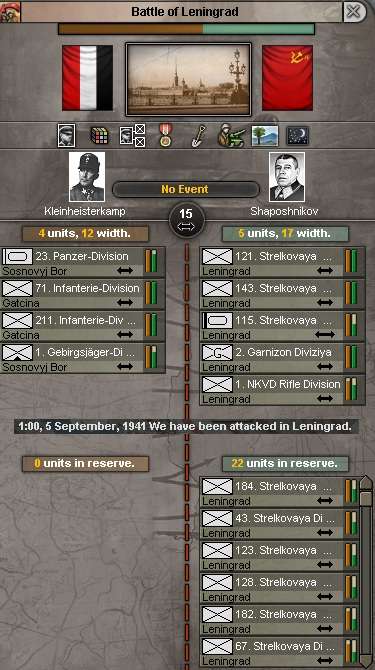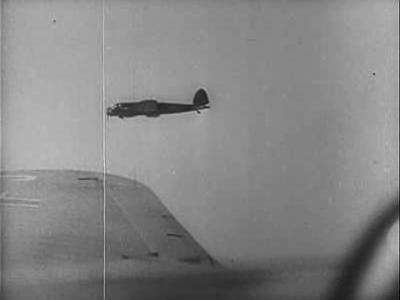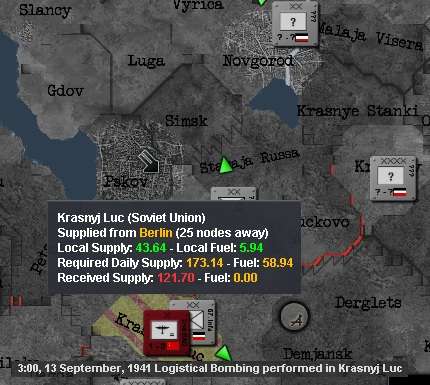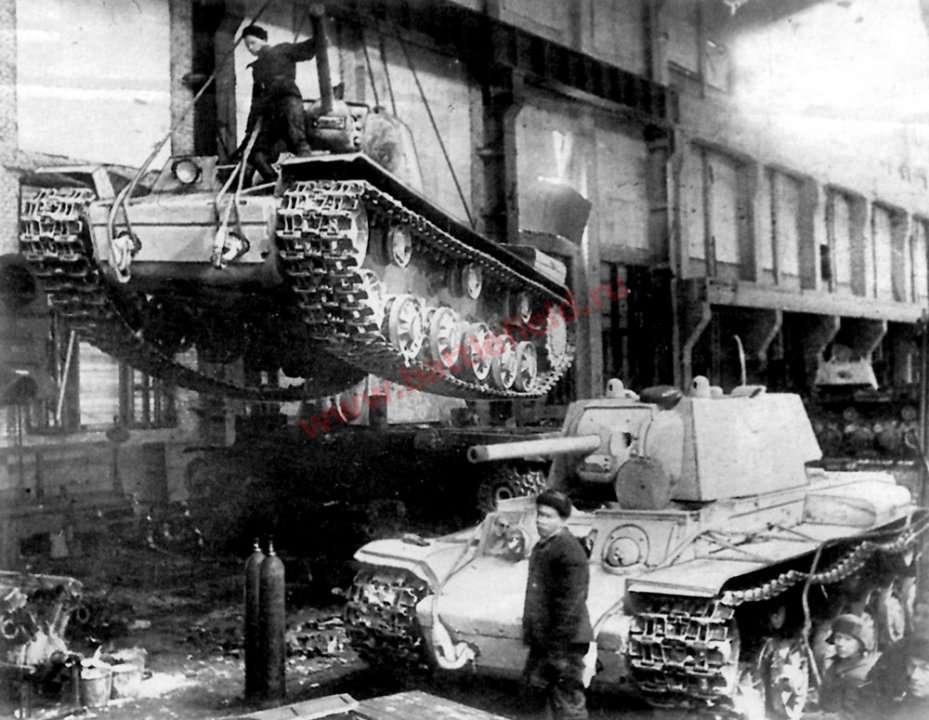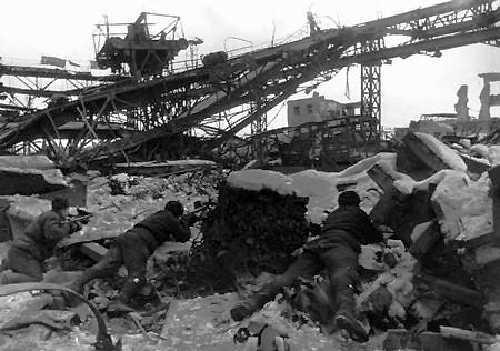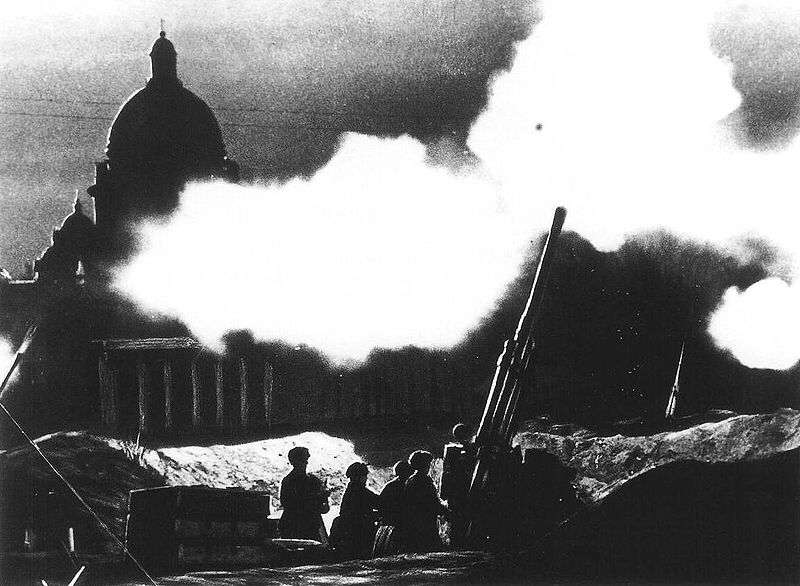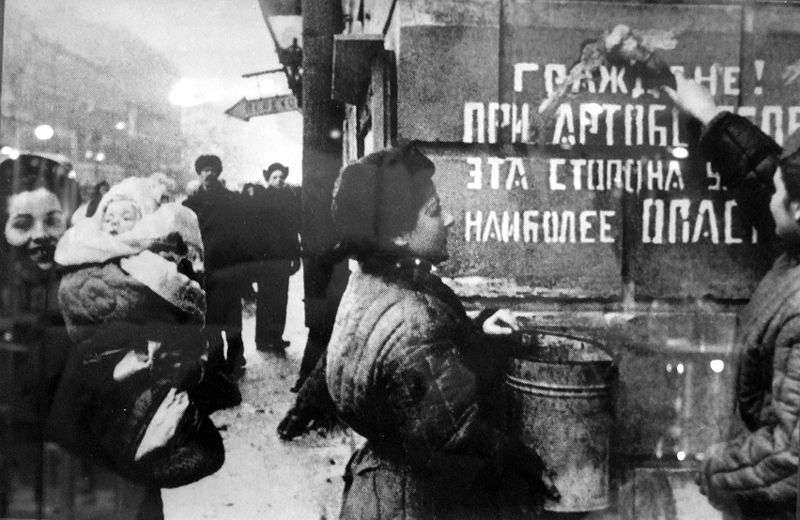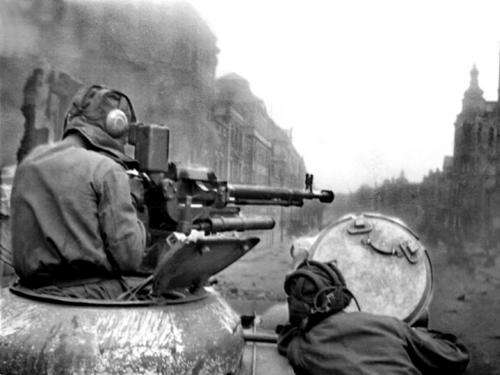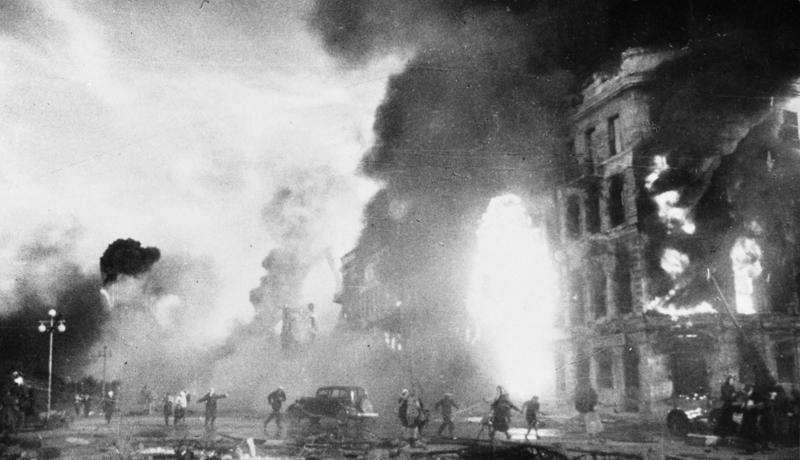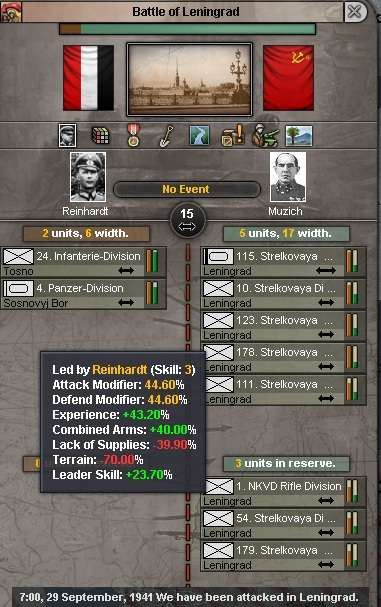And the Wehrmacht shall be undone as always is fates scourge unto the greatest of the armies of mankind, logistical issues!
The logistics system is one of the real strengths of HOI3, I know its sometimes a bit wierd but overall it really seems right (at least when the war is within a continental landmass) - not least you have so many tools with which to conduct indirect warfare as a result
A lot of unknown heros so far. :-(
And for taming Tigers, 'never was so much owed by so many to so few' as Comrade Molotov formulated 1944 in Berlin to the brave VVS bomberpilots.
aye, a tiger with no fuel is a very nasty fortified lump of metal, one with no supplies is merely a tasty morsel for a passing sturmovik
Alas, ICE is not much better than the plain vanilla game in that respect. In two campaigns (one German, into late '43, the other Soviet, into mid'40), the plain vanilla AI that lies under ICE additions makes itself apparent. The USA just joined the allies in June'40 in my Soviet game. And Germany hasn't followed the decision tree it is supposed to. It never started WW2 - I had to load up and take the Danzig or War decision for it. And since then, it has DoW'ed various countries (Denmark, Luxemburg, Netherlands) before the historical dates. Nationalist China defeated Japan and took all its possessions in the German game and has fought Japan to a standstill in the Soviet game. Japan has faired poorly against the USA as well.
ICE has several problems, especially for Japan. They set up a historical naval production queue, but alas HoI 1/2/3's IC model is nothing historical. So Japan never gets to build the land units it needs to until it is too late.
Otherwise, it has been fun. Germany and the Soviet Union has good flavor, with their techs, decisions and events. For the USSR, I am 1000 MP short compared to my vanilla game, thanks to the purge event (-500 MP in ICE, +500 MO in vanilla). I was shocked when I couldn't reinforce my units to full complement at mobilization in Sept'39. I was short by about 20%, due to building lots of new units.
I am thinking of getting the official unique units DLC for the vanilla version, so I can enjoy the same units there as well.
I enjoyed the link to the Clerk's war.
Its a pity that HOI3 still doesn't really do the stalemate periods that well, it seems to be a bit too dynamic at the moment, but then it took them 3 expansions and a very late patch to finally tweak HOI2 to that state. Having said all which, due to having more time than I expected, no internet etc, I've played well ahead and 1942 is shaping up rather intrigueingly, its certainly not a soviet waltz to Berlin.
It is very good to see that partisan actions are helping to hinder the Axis war effort. Hopefully the actions can prove potent enough to blunt the Axis attack for long enough so as to allow for a strong Soviet counter-attack.
Its anything to try and strip their supplies. I've got two gambits on the go for aug and sept. Fight tooth and nail for everything piece of land so as to slow them, if I can then also ensure that their supply arrivals are less than their need (due to the partisan war), I can then use the VVS to really hit their supply chokepoints, and then hope that mud and winter brings their logistical structure crashing down. Its a good plan, its just the holding out over Aug-Sept that is the tricky bit.
I was particularly impressed with the partisan cow. Definitely my favorite picture so far.
I'll see if I can find some more ... at least the cow didn't also have a gun


